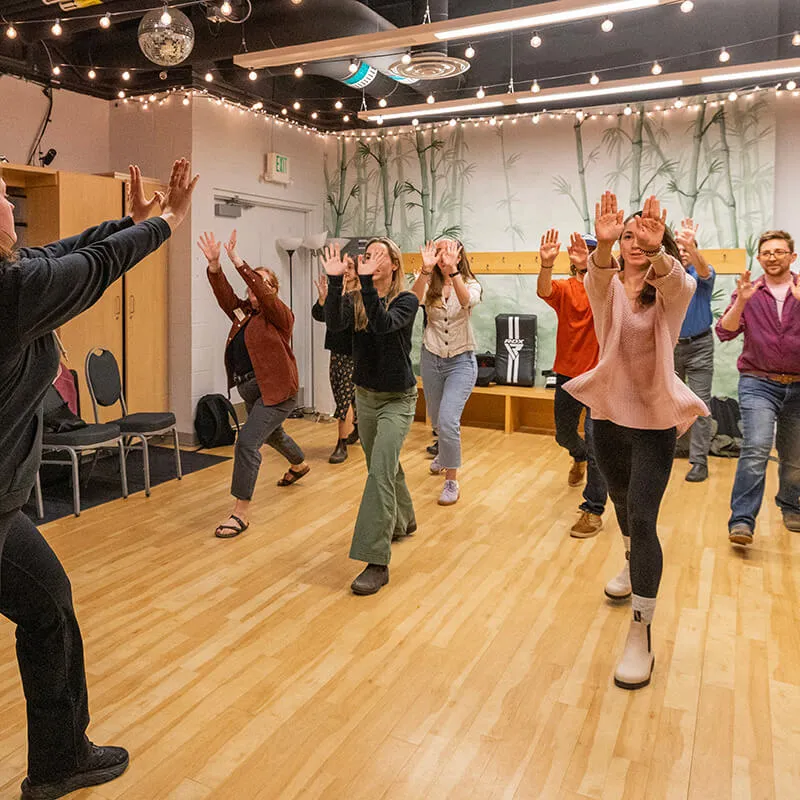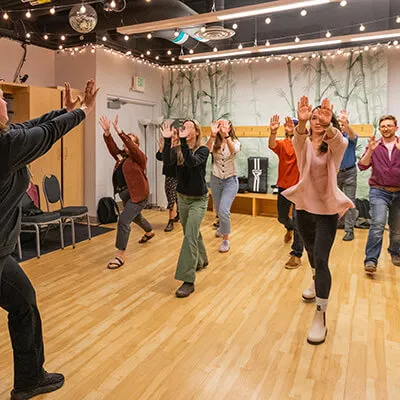ESD Canada’s Approach
We are proud to be partnering with ESD/IMPACT Canada—the Canadian branch of Empowerment Self-Defense Global—to develop our inaugural instructor cohort of 14 UVM employees. ESD/IMPACT Canada works closely with organizations, governments, and communities seeking to end interpersonal violence where it is prevalent. ESD/IMPACT Canada is the violence-prevention education to collaborate with because of its unique combination of accessible, evidence-based, peer-to-peer violence-prevention training. ESD/IMPACT Canada is committed to achieving success through these Three Core Pillars:
Accessibility
Accessibility to ESD training programs regardless of someone’s age, physical ability, gender identity, sexual orientation, race, religious beliefs, socioeconomic or immigration status
The violence prevention strategies are immediately applicable and designed to be learned in a short period of time.
With more than 6,500 people trained (in person and online), representing 41 countries, ESD Global’s training is globally accessible.
What is Empowerment Self-Defense
As described by ESD Global, Empowerment Self-Defense is a holistic approach to personal safety that teaches tools to combat the whole spectrum of violence, from verbal harassment to sexual and physical violence. It is a violence prevention system that teaches individuals how to interrupt violence by listening to their intuition, assessing their options, asserting boundaries, and using de-escalation strategies. ESD provides tools for a range of mental, verbal, and physical responses. Explore ESD Global
Empowerment Self-Defense is different from martial arts training
Empowerment Self-Defense (ESD) is not just about fighting back — it’s about expanding choices, setting boundaries, and reclaiming power. While martial arts often require years of practice and focus on combat techniques, ESD centers on practical, trauma-informed skills that are accessible to everyone, regardless of age, size, or experience. ESD teaches verbal assertiveness, boundary setting, and physical defense, grounded in an understanding of the social and psychological dynamics of violence. Designed especially for those most often targeted — including women and marginalized communities — ESD empowers individuals to recognize danger, interrupt harm, and live more confidently and safely.
A comparison of Empowerment Self-Defense and Martial Arts
Empowerment Self-Defense (ESD) | Martial Arts |
|---|---|
Focuses on practical, immediately usable tools for safety and empowerment. Short-term training can still be effective. | Focuses on long-term skill development and discipline; often practiced over many years. |
Developed to address the specific realities of gender-based and interpersonal violence. | Rooted in traditional combat systems and often emphasizes structured technique and form. |
Blends physical skills with verbal strategies, boundary-setting, intuition, and de-escalation. | Primarily emphasizes physical techniques, conditioning, and forms of sparring or competition. |
Centers on real-life scenarios such as harassment, coercion, and boundary violations, often involving people we know. | Often trains for hypothetical or high-intensity situations like attacks by strangers or armed opponents. |
Integrates emotional, psychological, and cultural responses to violence with trauma-informed teaching. | May touch on mindset and discipline, but not always focused on emotional responses to violence. |
Emphasizes values like consent, autonomy, self-trust, and expanding personal choices. | Teaches respect, humility, perseverance, and self-discipline as core values of the practice. |
Adaptable to all ages, body types, abilities, and experiences. No prior fitness or training required. | May require greater physical conditioning and long-term commitment to progress in skill. |
ESD fits into an ecosystem of sexual violence prevention programming
Empowerment Self-Defense teaches both introspection and communication skillsets with participants to enhance self-efficacy for creating boundaries, using voice and choice and practicing standing up for oneself and community members. ESD at UVM uses trauma-informed methods that allow for participants to engage to the extent of their abilities and self-knowledge. While consent education teaches communication skillsets and understandings of concepts, ESD acknowledges that “saying no” is not as easy for some as others due to lived experience. While ESD does include intellectual learning, it is paired with body-based experiential methods that help students practice for real-life situations.

